Imagine waking up one morning to find your world turned upside down. Your alarm doesn’t ring, your coffee is missing, and everything feels just a bit off. This is what a cat might experience when their routine changes. For our feline friends, consistency is comfort, and any disruption can be quite unsettling. Let’s dive into the emotional rollercoaster a cat might endure when faced with a change in their daily routine.
Understanding the Feline Love for Routine
Cats are creatures of habit. They thrive on predictability, much like how we enjoy knowing what to expect. A stable routine provides them with a sense of security. When a cat knows when meals are served or when playtime occurs, it helps them feel safe in their environment. Any alteration in this can lead to confusion or anxiety. It’s like changing the channels on their favorite TV show without warning.
The Initial Shock: A Cat’s Reaction to Change
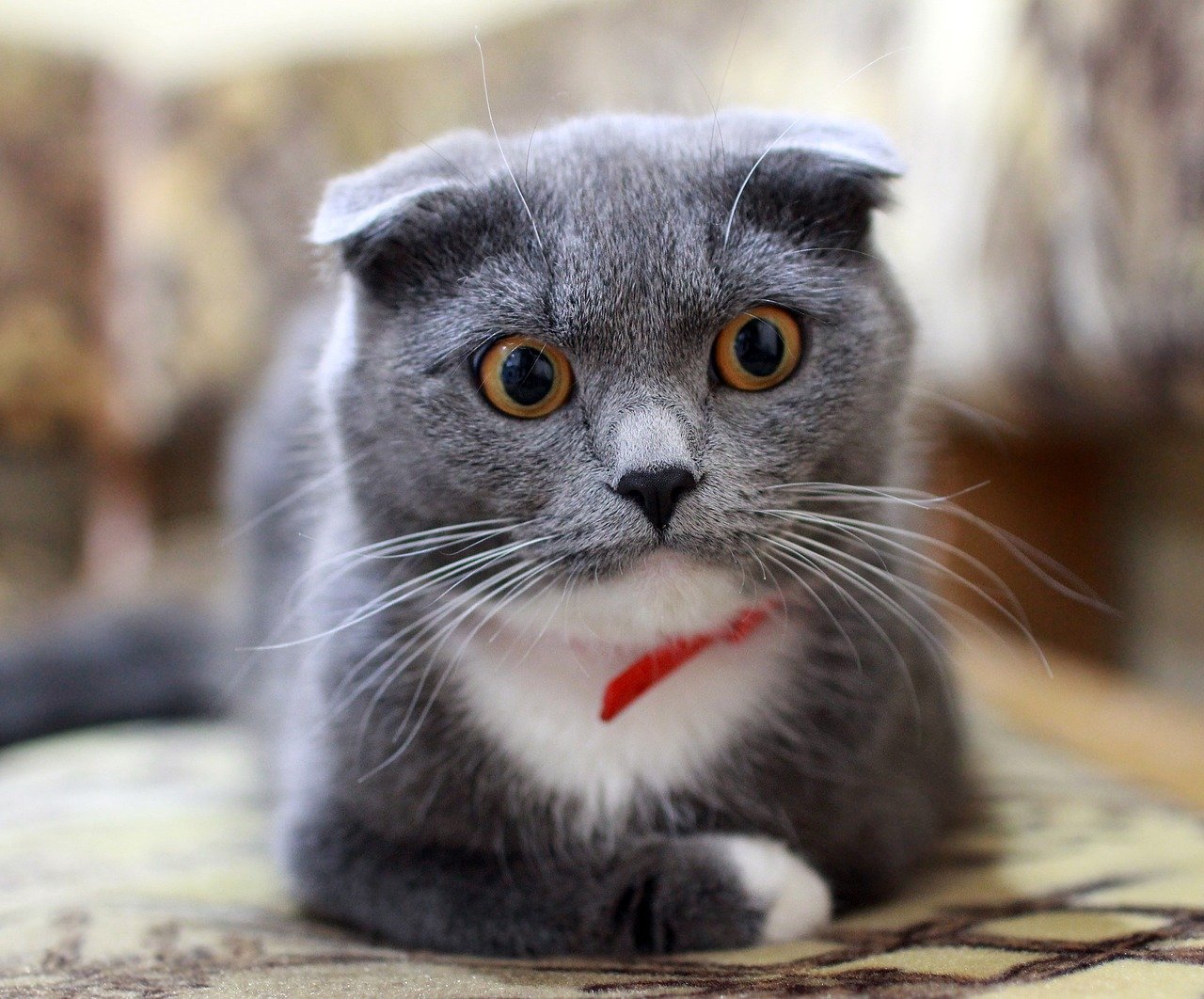
When a cat’s routine is disrupted, the first emotion they might feel is shock. Imagine if someone rearranged your furniture overnight; you’d be perplexed, perhaps even a bit irritated. Similarly, cats may express their discomfort through behaviors like hiding or excessive meowing. This initial shock can be a natural response to an unexpected change in their world.
Anxiety and Its Manifestations in Cats
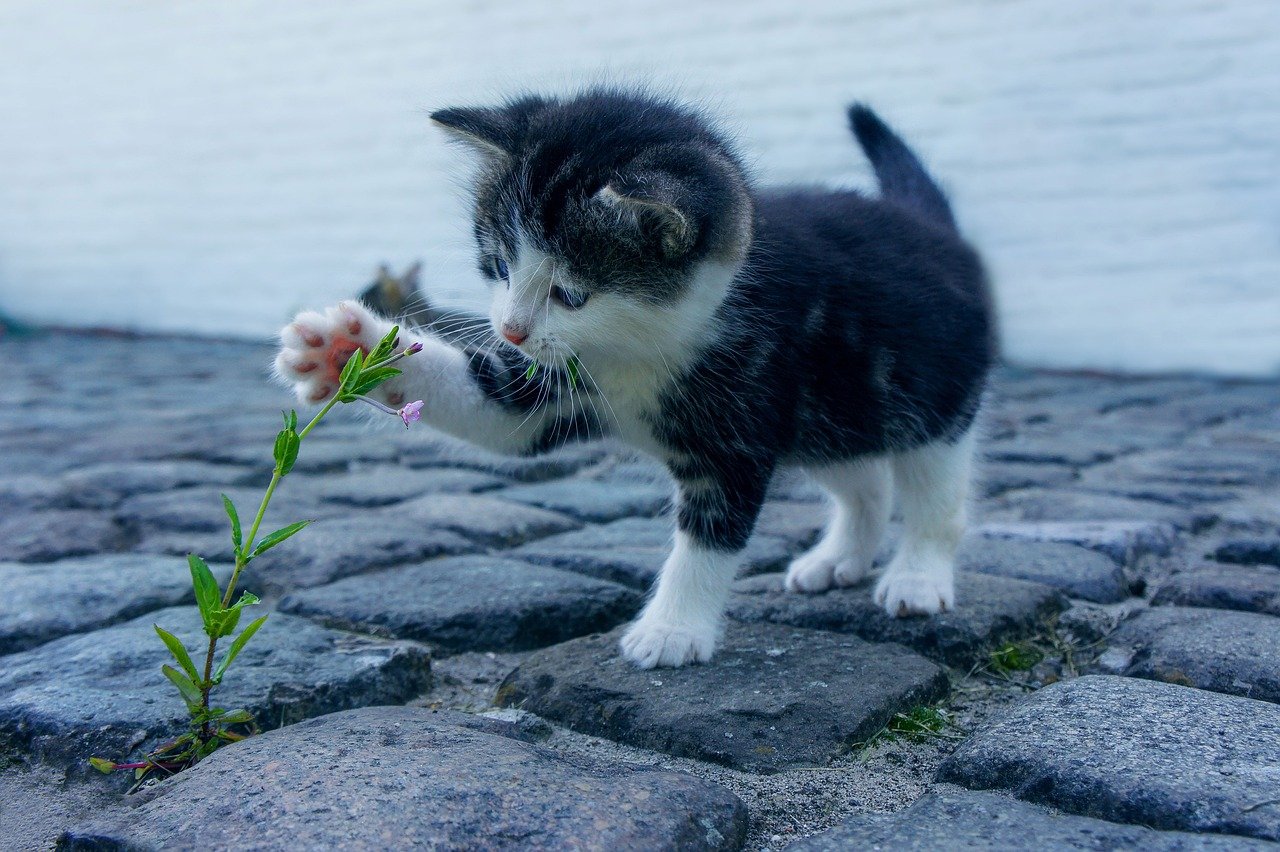
Anxiety in cats can manifest in various ways, from excessive grooming to sudden aggression. When their routine changes, their sense of predictability is shattered, leading to feelings of unease. This can cause them to become more clingy or, conversely, more withdrawn. Just like humans, cats have their own ways of showing stress.
The Role of Environment in a Cat’s Emotional Well-being
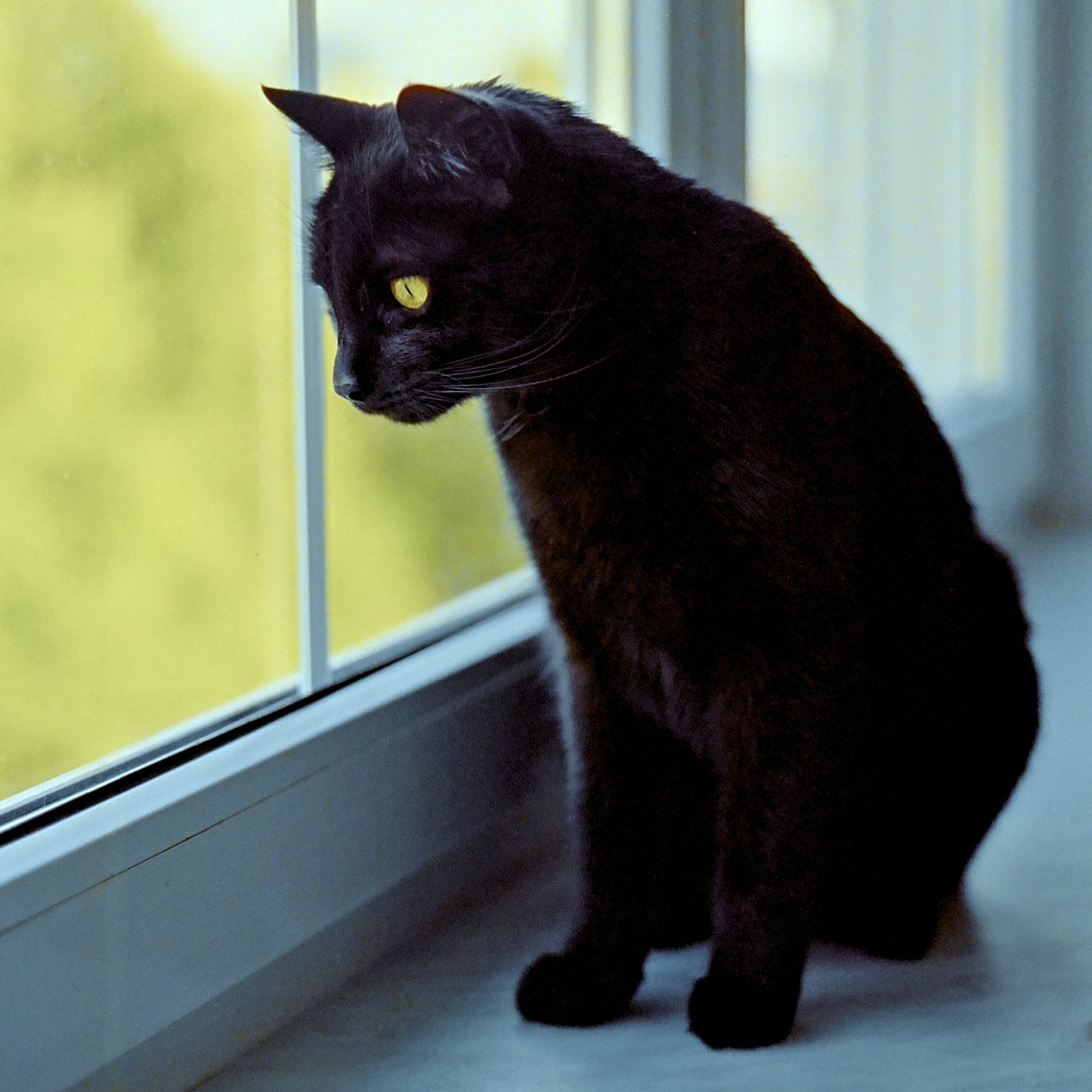
A cat’s environment plays a crucial role in their emotional health. When their routine changes, they might perceive their environment as unstable. This perception can lead to increased stress levels. Providing a safe and secure space, filled with familiar scents and sights, can help mitigate some of this stress.
Changes in Eating Habits and Appetite
Routine changes can affect a cat’s appetite. Some may eat less, while others might overeat. This is similar to how humans might lose or gain appetite when stressed. Monitoring their eating habits during times of change is essential to ensure they maintain a healthy diet.
Behavioral Changes: From Playful to Aloof
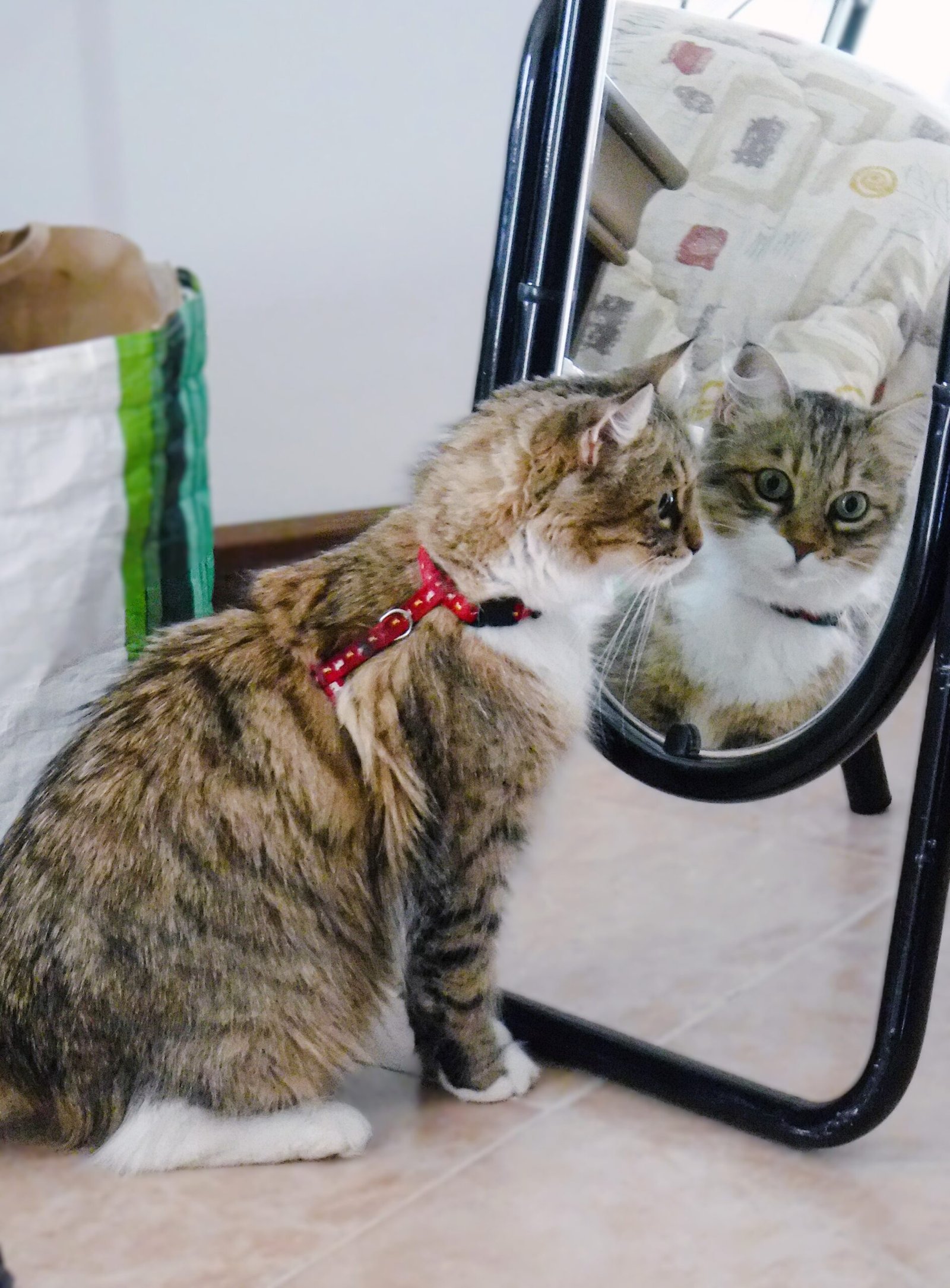
Cats are known for their playful antics, but a change in routine can alter this behavior. They might become less interested in play, appearing more aloof or detached. This shift can be a clear sign that they’re struggling to adapt to the new normal.
The Importance of Consistent Social Interaction
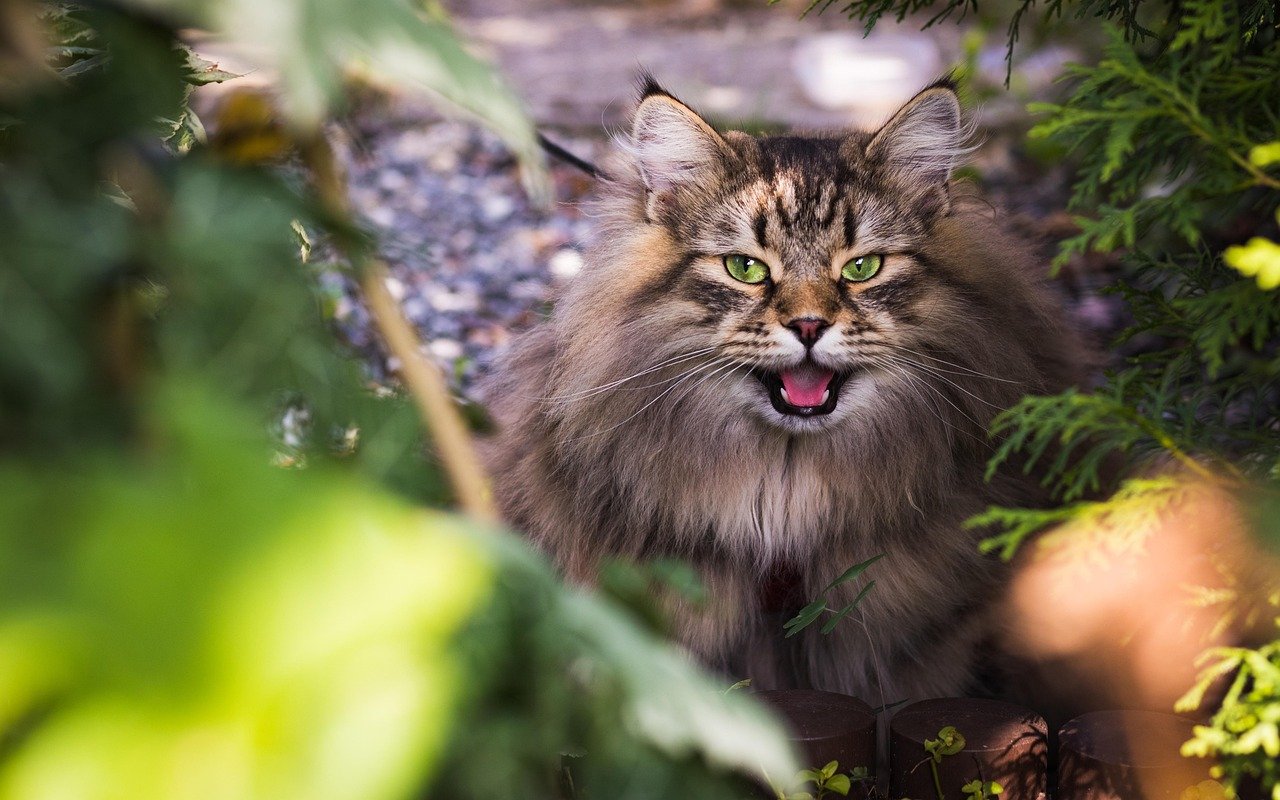
Social interaction is vital for a cat’s emotional health. When their routine changes, they might feel isolated or neglected. Ensuring consistent interaction, whether through play or simple companionship, can help them adjust more smoothly to changes.
How Cats Communicate Their Feelings
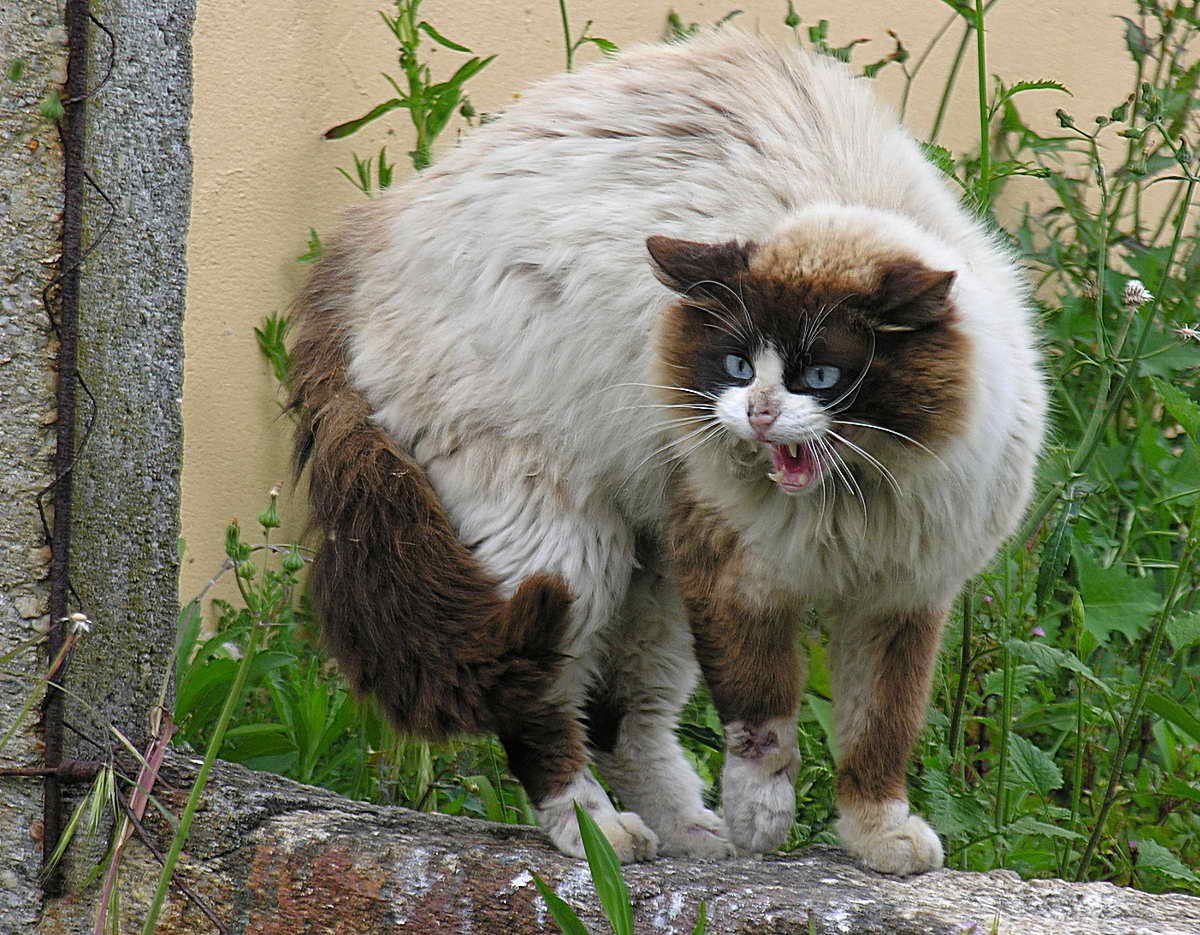
Cats have their unique ways of expressing emotions. From purring to hissing, these signals can indicate how they’re feeling about a change in routine. Observing these cues can provide insights into their emotional state and help address any distress they’re experiencing.
The Impact of Routine Changes on Sleep Patterns
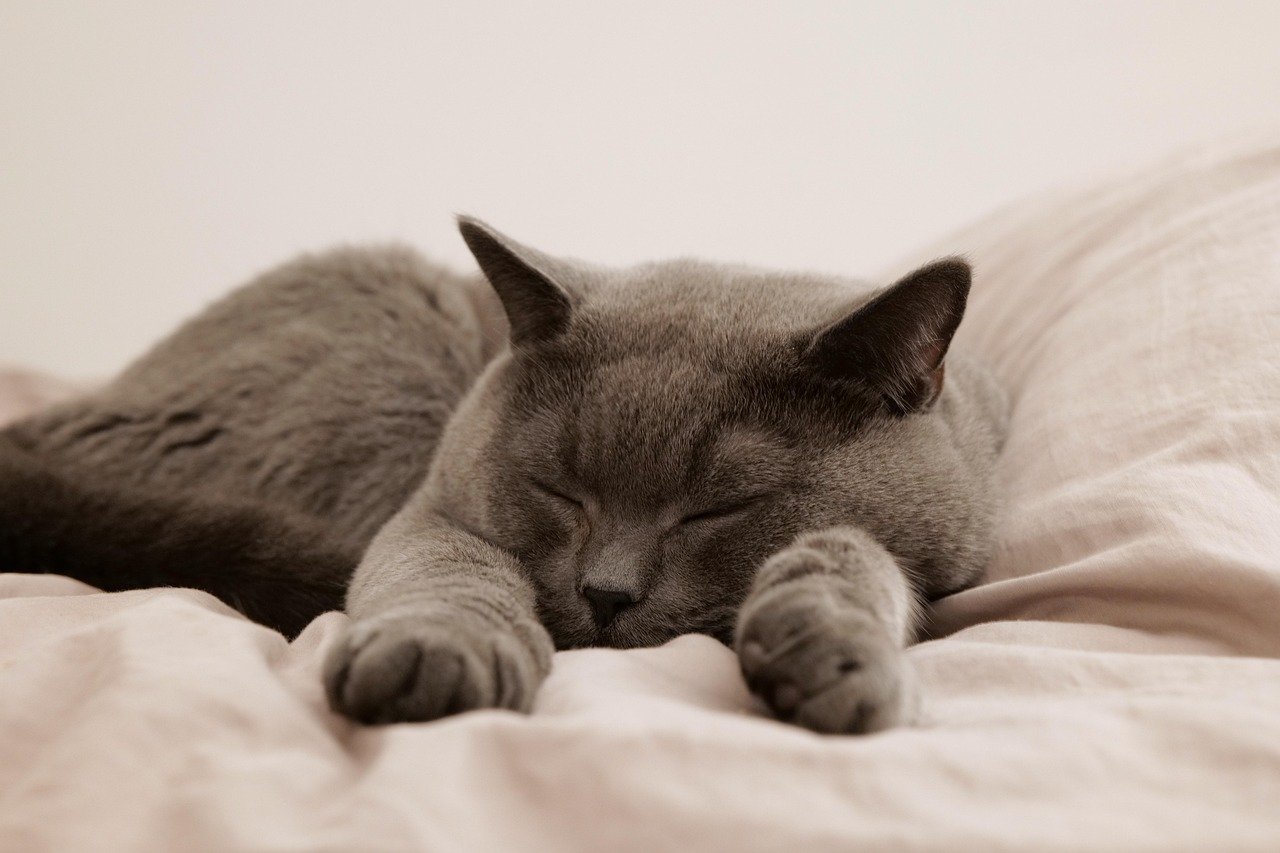
Routine changes can disrupt a cat’s sleep pattern, leading to restless nights or increased napping during the day. This disruption can further exacerbate feelings of anxiety or stress, making it crucial to maintain some consistency in their daily schedule.
Emotional Bonding and Its Role in Adaptation
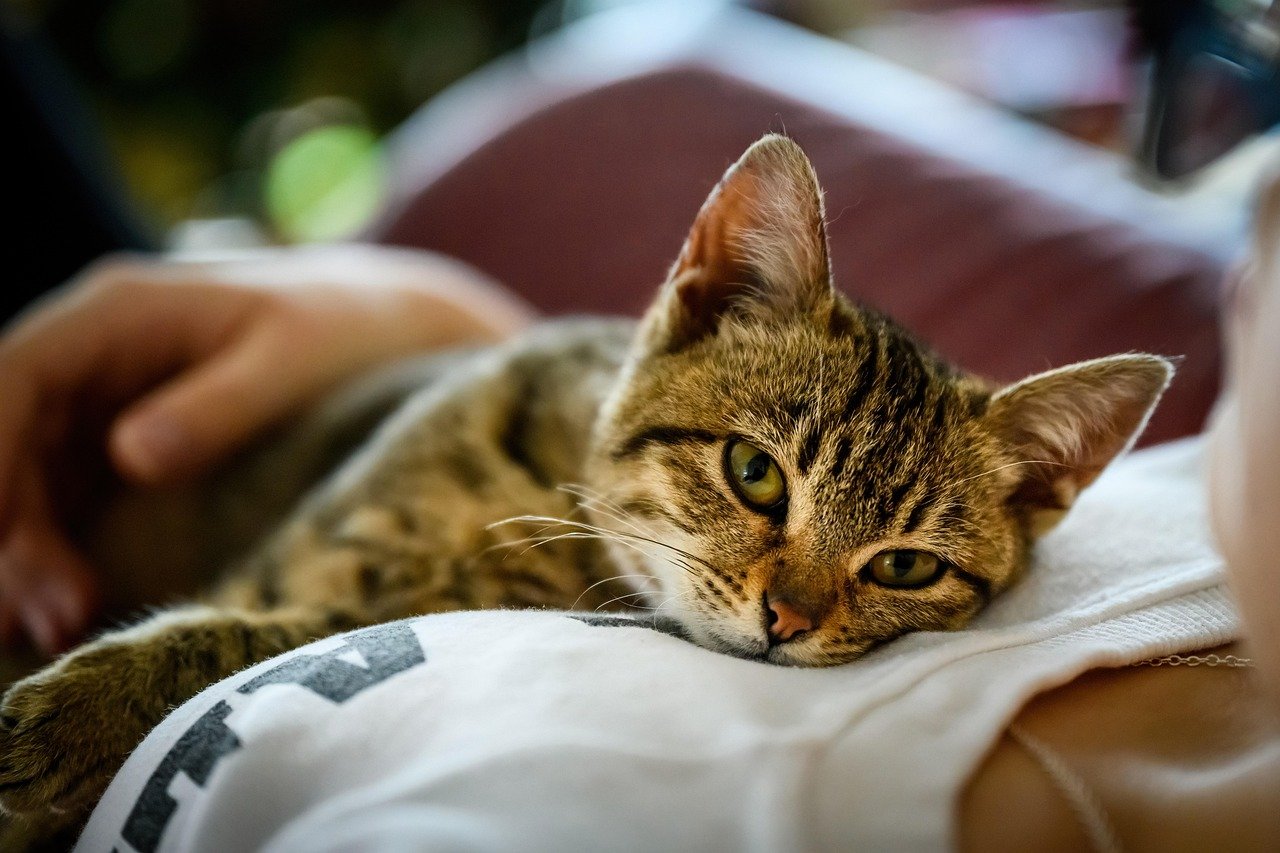
A strong emotional bond between a cat and their owner can significantly aid in adapting to routine changes. This bond provides reassurance and comfort, helping the cat feel secure despite the changes around them.
The Power of Familiar Scents and Sounds
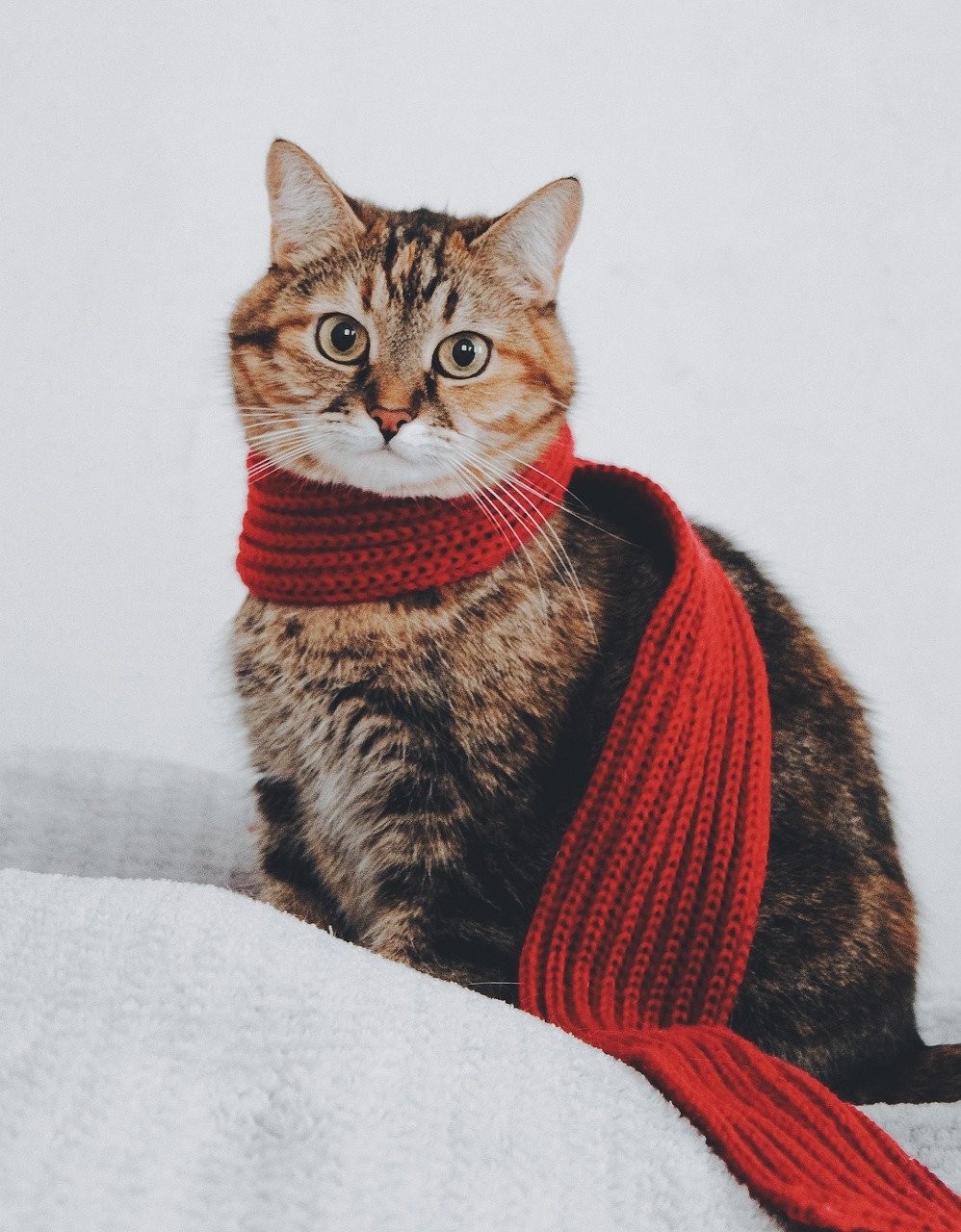
Familiar scents and sounds can be incredibly comforting to a cat experiencing routine changes. Whether it’s the smell of their favorite blanket or the sound of a familiar voice, these elements can provide a sense of stability in uncertain times.
Gradual Changes: Easing the Transition
Introducing changes gradually can help ease a cat’s transition. Sudden shifts can be overwhelming, but small, incremental adjustments allow them to adapt at their own pace, reducing the emotional impact.
The Role of Play in Reducing Stress
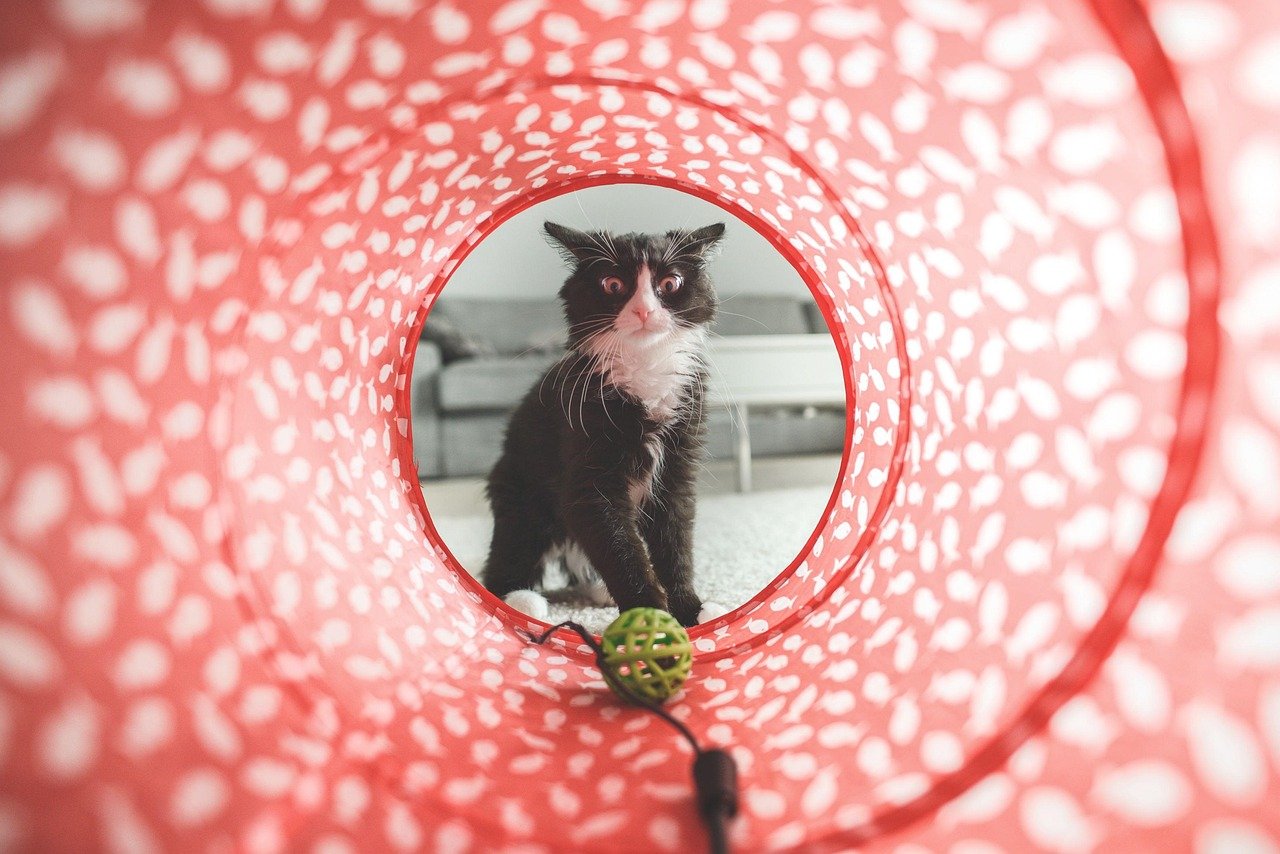
Play is a powerful tool in reducing stress for cats. Engaging them in playtime activities can distract them from routine changes and provide a positive outlet for any pent-up energy or anxiety.
Signs of Depression in Cats
Depression in cats can manifest as lethargy, loss of interest in activities, or changes in grooming habits. Recognizing these signs early can help address the underlying issues and provide the necessary support.
How Cats Cope with Loneliness
Routine changes can sometimes lead to feelings of loneliness in cats, especially if they involve the absence of a familiar companion. Providing toys, interactive activities, or even another pet can help alleviate these feelings.
The Connection Between Routine and Health

A stable routine isn’t just about emotional well-being; it also impacts a cat’s physical health. Regular feeding and playtimes contribute to maintaining a healthy weight and preventing health issues.
The Role of Routine in Building Trust
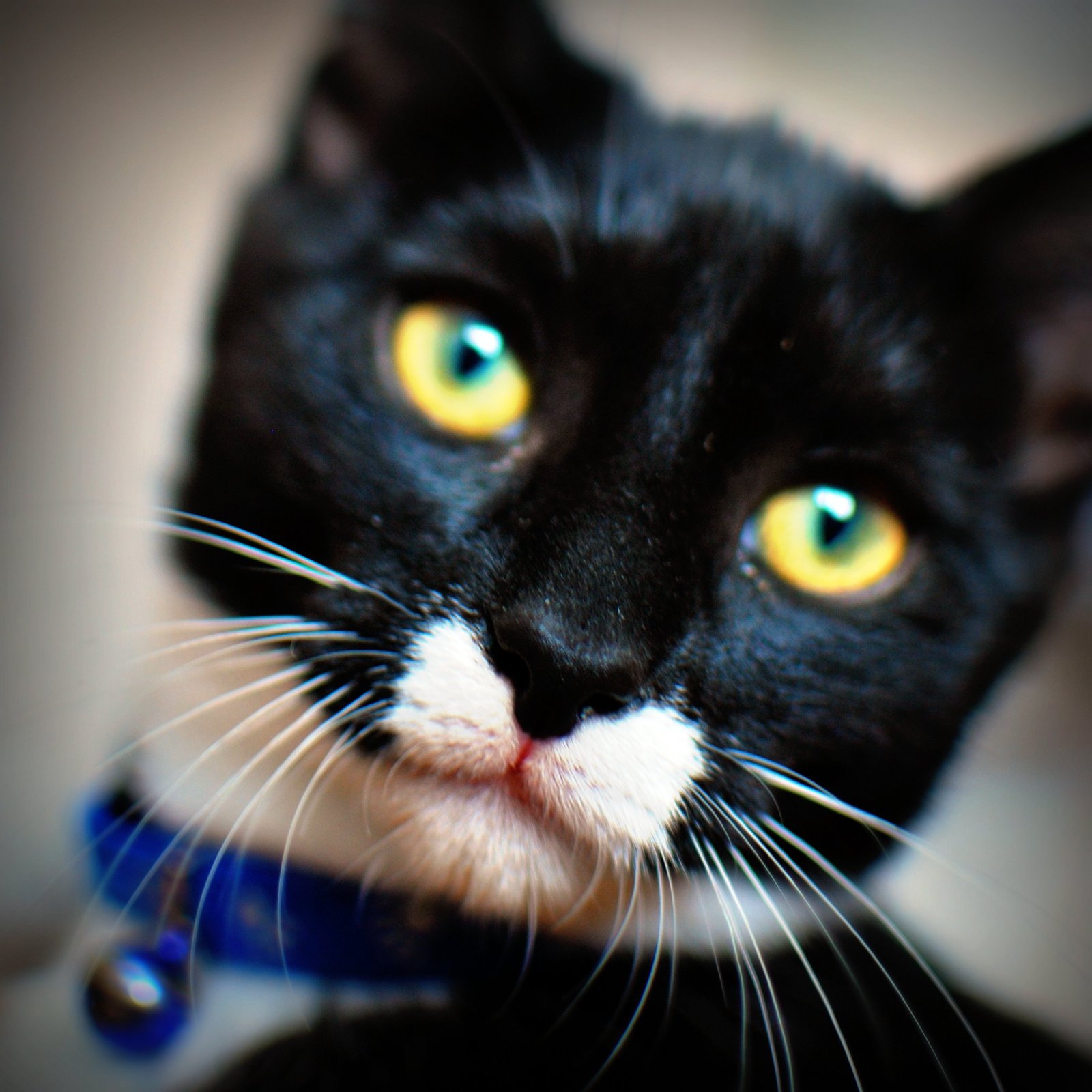
Routine plays a pivotal role in building trust between a cat and their owner. Consistent interactions and predictable environments help strengthen this bond, making it easier for cats to cope with changes.
Recognizing the Signs of Stress in Cats
Recognizing stress in cats is crucial for addressing routine changes. Signs such as excessive scratching, hiding, or vocalization can indicate that a cat is struggling to adapt, highlighting the need for intervention.
The Importance of Patience and Understanding
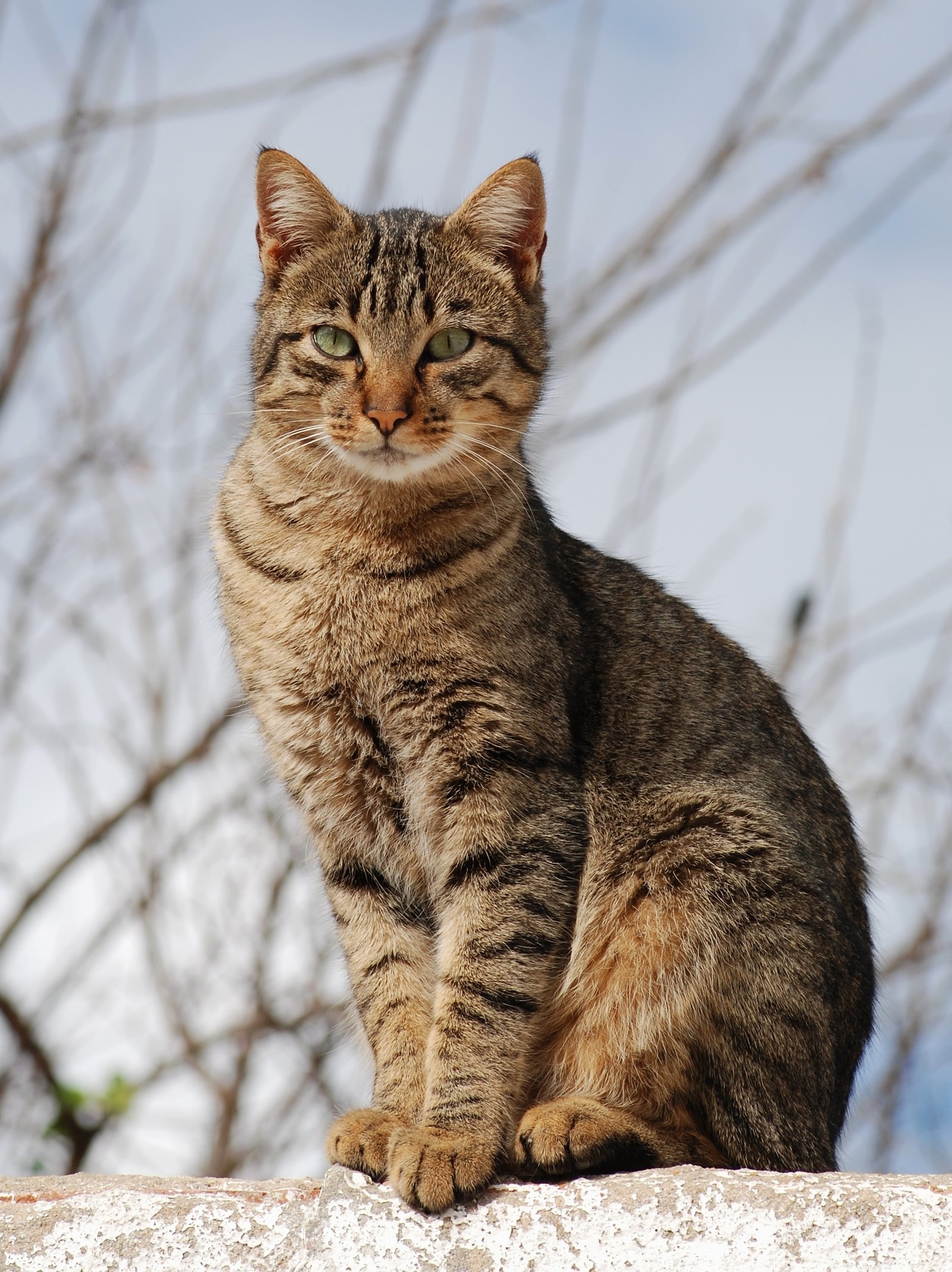
Patience and understanding are key when helping a cat adjust to routine changes. Recognizing that each cat is unique in their response and providing the necessary support can make a significant difference in their emotional well-being.
Building a New Routine: A Path to Emotional Stability
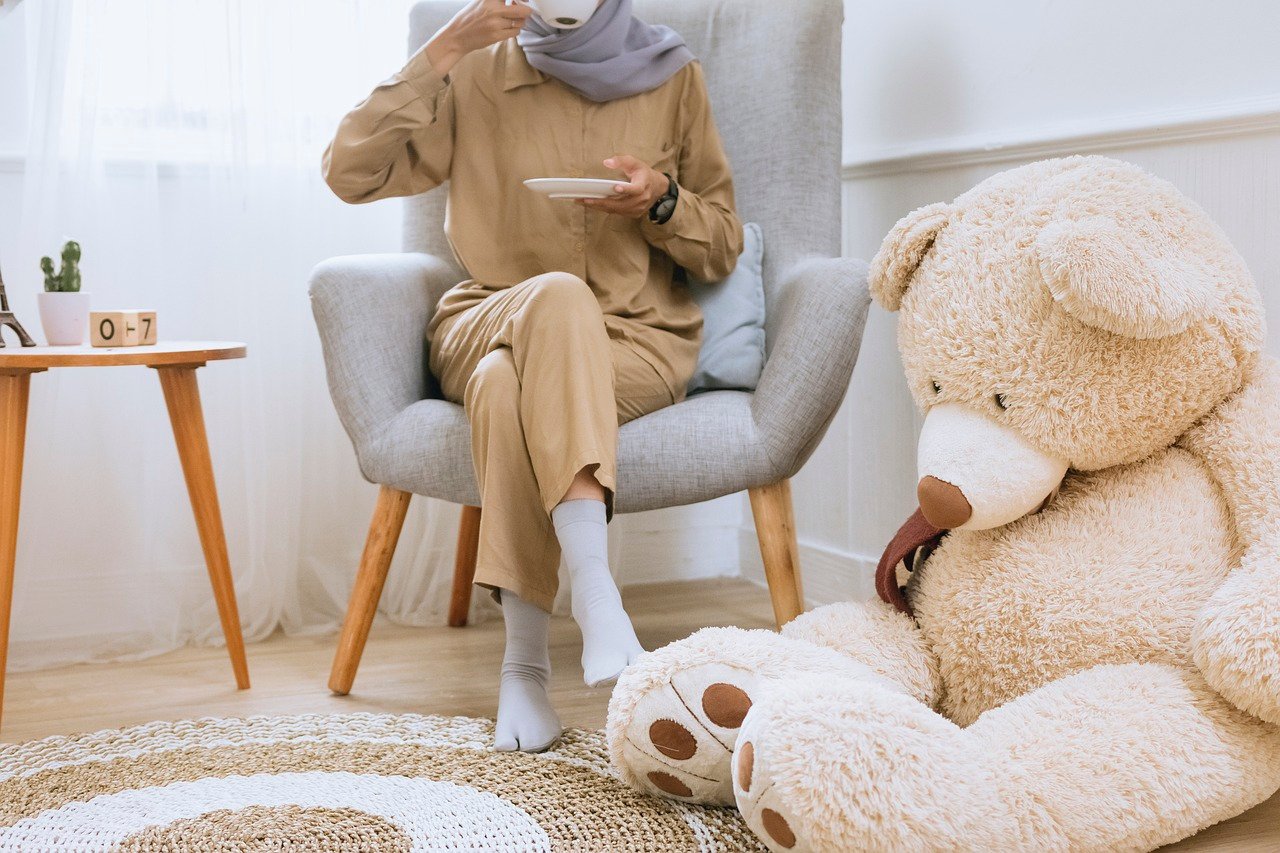
Building a new routine can provide a path to emotional stability for cats. By establishing a new sense of predictability, cats can regain their sense of security and adapt more comfortably to changes.
In conclusion, understanding and addressing the emotional needs of a cat during routine changes is essential for their well-being. By providing support, patience, and love, we can help our feline friends navigate these changes with confidence and ease. What would you do to ensure your cat feels secure and loved during times of change?
Hi, I’m Bola, a passionate writer and creative strategist with a knack for crafting compelling content that educates, inspires, and connects. Over the years, I’ve honed my skills across various writing fields, including content creation, copywriting, online course development, and video scriptwriting.
When I’m not at my desk, you’ll find me exploring new ideas, reading books, or brainstorming creative ways to solve challenges. I believe that words have the power to transform, and I’m here to help you leverage that power for success.
Thanks for stopping by, Keep coming to this website to checkout new articles form me. You’d always love it!






